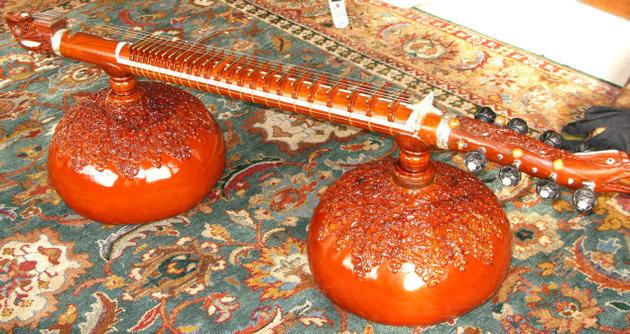Chandrasekhara Kambar’s “Shivarathri” is a complex work of dramatic art.
Chandrasekhara Kambar, a Kannada poet and playwright, is one of the most significant dramatists of India who catapulted to national fame because of his rare gift to explore mythical and folk characters to recreate and reinterpret them to evolve a distinct modern Indian theatre idiom. He has also invented a format based on the folk form known as Bayalata which invests his dramatic art with intensity and lyricism.

An innovator of Indian theatre, Kambar creates plays which are frequently seen in Hindi versions on the Delhi stage. Some of the notable productions include “Jokumaraswami” as “Aur Tota Bola” directed by Rajinder Nath and “Siri Sampige” as “Aks Tamasha” produced by the National School of Drama Repertory Company under the direction of Bhanu Bharti. These two productions have been treated as the masterpieces of contemporary Indian theatre. Recently, we have seen several versions of his Mahamayi.
The discerning theatre audience of Delhi had the opportunity to watch his “Shivarathri” in original Kannada at the festival of performing arts organised by Sangeet Natak Akademi at LTG auditorium recently under the direction of C.R. Jambe, an eminent theatre personality of Karnataka and the recipient of SNA award for 2014 for his contribution to Indian theatre as a director.
Transcending the language barrier, “Shivarathri” is a complex work of dramatic art with the narrative moving through action to climax logically and coherently which is at once disturbing and provocative, signally the end of darkness and dawn of a humane social order.
The play recreates the 12t Century radical movement in Karnataka led by Basavanna, a religious leader who wants to establish his system of universal brotherhood, replacing a social system dominated by Brahminical culture, perpetuating the inhuman Varana system. The playwright explores the inherent antagonistic contradictions of a society based on the exploitation of Dalits. The ruling classes headed by Brahmins and kings resorts to violence means to crush the movement of Basavanna. Endowed with the gift of presenting his social thesis through dramatic conflict, playwright Kambar opens his play on a tense note with every event contributing to reinforce the conflict between the values of Brahminical system and the values of Dalits. In the backdrop here is a social turmoil and violent agitation against the marriage of a Brahmin girl with a Dalit boy, destroying the colony of the Dalits. The social backdrop is formed by a vast landscape – the theft of a precious necklace by a Brahmin boy from the palace of the king to please a prostitute, the menacing distant sounds of march of Brahmins towards Dalit colony.
With a view to give a proper dramatic form to the narrative the entire action takes place in the brothel of prostitute Saavanthri. Fierce polemics starts as soon as Bijala, the king of the land, is informed by Saavanthri that his favourite prostitute is not available to serve him because she has another client to entertain. King Bijala is a frequent visitor to the brothel who comes in the night in disguise. He considers his favourite prostitute his personal property.
In the course of fierce debate, Saavanthri exposes the hypocrisy of the ruling class, asserting the values of her own class which follows values free from pretentions. They earned their bread after working hard physical labour. Her class has no value for necklace adored by the ladies of the royalty. She tells the king that the necklace kept under heavy security in the royal palace is just thrown in the garbage in her brothel.

Director Jambe has aptly designed his production. The main action takes place on the centrestage. Dowan staged on either side are seen as human images with weapon evoking the sense of suspense, worry and fright. As the curtain goes up, a huge piece of cloth spreads out covering the whole space. In the dim light a huge giant like image emerges. The image tends to be an allegorical statement that the seeds of destruction are present in the womb itself of an exploitative system.
The production is aptly cast throughout. Suguna M.M. as Basavanna gives an excellent performance. The serenity of his soul and his convictions of the essential goodness of all humans is reflected in his gestures, gait and steadied style of dialogue delivery. Here is a man at peace with his inner-self to create a new social order. Lingaraju R. as king Bijala faces the indignity at the hands of a prostitute and defiance of his own minister, trying to retain a brave face. Sheela R. as Saavanthri vividly displays the courage of her convictions to confront the king, asserting her human dignity.
source: http://www.thehindu.com / The Hindu / Home> Features> Friday Review / by Diwan Singh Bajeli / November 26th, 2015







